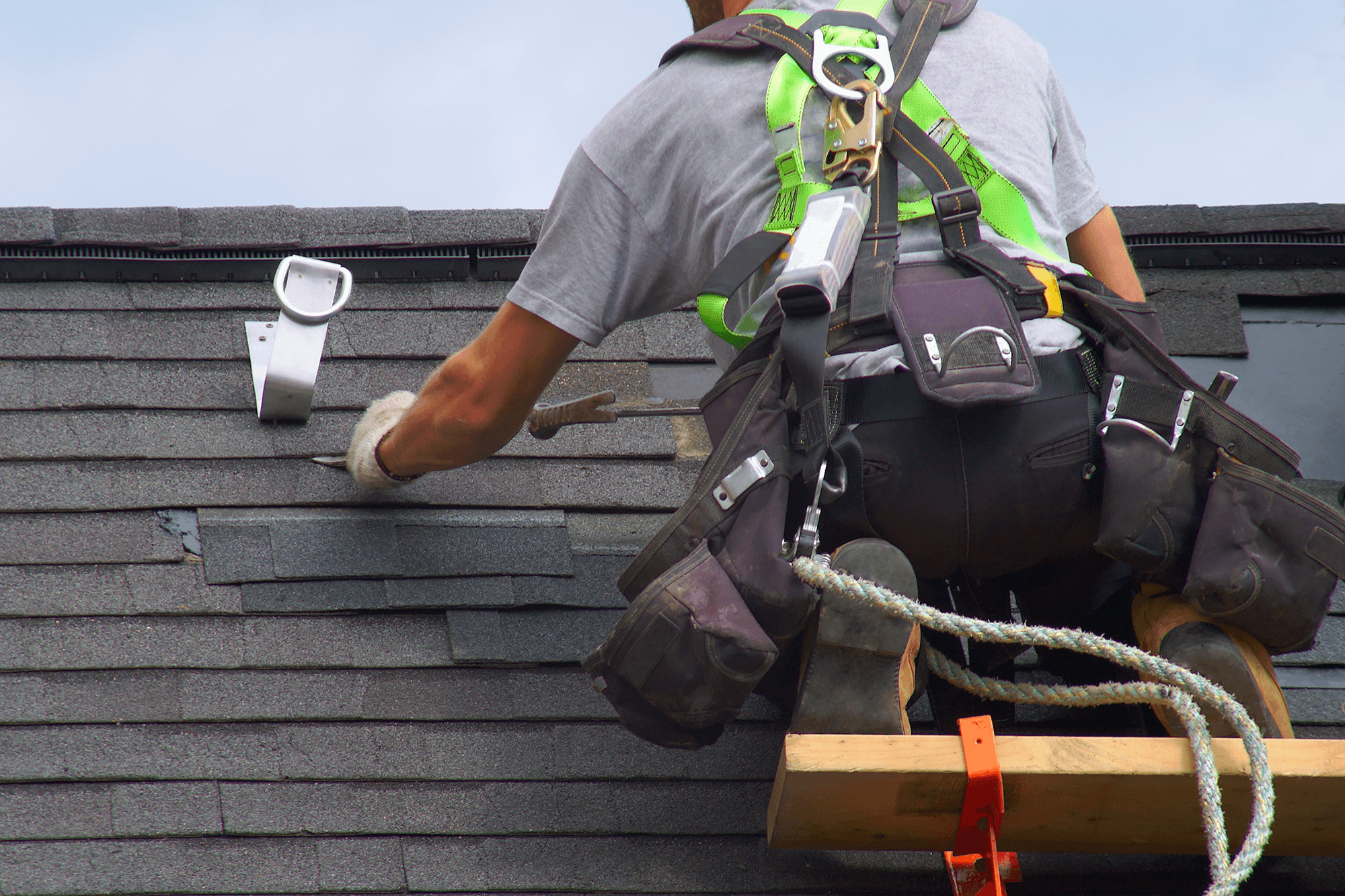How Often Should Your Roof Be Inspected
Your home’s roof is a critical element that protects you and your interior from harsh weather conditions, including extreme temperatures, wind, rain, and snow. Despite often being overlooked, it plays a vital role in maintaining the comfort and protection of your living space.
To ensure your roof continues to perform at its best, it’s essential to add regular inspections to your home maintenance routine. These inspections are the most effective way to stay on top of your roof’s overall condition and address any issues before they become expensive repairs. Let’s dive deeper into the concept of roof inspections and discuss how often you should have your roof inspected.
What Is a Roof Inspection?
A roof inspection involves a comprehensive evaluation of your home’s roof. This assessment is carried out by a trained roofing professional who examines the current functionality and identifies any measures needed to optimize its performance. Licensed roof inspectors are best suited for this task as they have the expertise to thoroughly assess your home and provide guidance on various roofing repairs.
What Happens During a Roof Inspection?
During a roof inspection, the following critical roof areas and components are examined by your roofing contractor to uncover any issues and determine appropriate solutions:
- Roofing Material: The condition and integrity of your roofing material are evaluated to gauge its overall health.
- Soffits, Fascia, and Drip Edges: These components, which lie beneath the eave and along the roof’s lower edge, are checked for any signs of moisture damage or compromise.
- Gutters: The gutters are inspected to ensure they are not holding water and that the drainage pipes are securely attached and functioning correctly.
- Roof Penetrations: Holes created in the roof for vents, vent pipes, and other accessories are inspected to ensure they are effectively sealed and not causing any issues.
- Flashing: Thin strips of material installed around roof features to direct water away from critical areas are checked to ensure compliance with building codes.
- Windows and Chimney: Although not part of the roof itself, these features are considered during a thorough inspection to anticipate potential issues during a roof replacement.
- Attic: If accessible, the inspector may survey the roof from inside the attic to spot leaks and other damage indicators more easily.
How Often Should You Have Your Roof Inspected?
For optimal performance, roof inspections should be conducted at least once a year, ideally twice, in the spring and fall. Additionally, after major weather events, such as high winds, heavy rain, hail, snow, or ice, a roof inspection is essential to assess any potential damage caused to the roof.
Benefits of Regular Roof Inspections
Regular roof inspections offer several benefits, including the following:
Identifying Damage
Roof inspections can help identify damage early on, preventing moisture-related issues and potential mold or fungus growth.
Cost Savings
Addressing minor roof problems through regular inspections can save money by preventing them from escalating into major repairs.
Insurance Claims
After severe weather events, a professional roof inspection provides a detailed report of the damage and estimated repair costs, which are used to support insurance claims.
Peace of Mind
A seal of approval from a professional roofing contractor provides peace of mind regarding the roof’s condition.
Why Partner With the Roofing Contractors at Romero Roofing & Siding?
If you find yourself facing extensive roofing repairs or need a reliable company to provide routine roof inspections, Romero Roofing & Siding is the company for you. We offer a range of services, including storm damage assessment, complimentary inspections, leak repairs, preventive maintenance, and exceptional customer service. To put your roof in capable hands, schedule an appointment for a complimentary roof inspection with Romero Roofing & Siding today!
